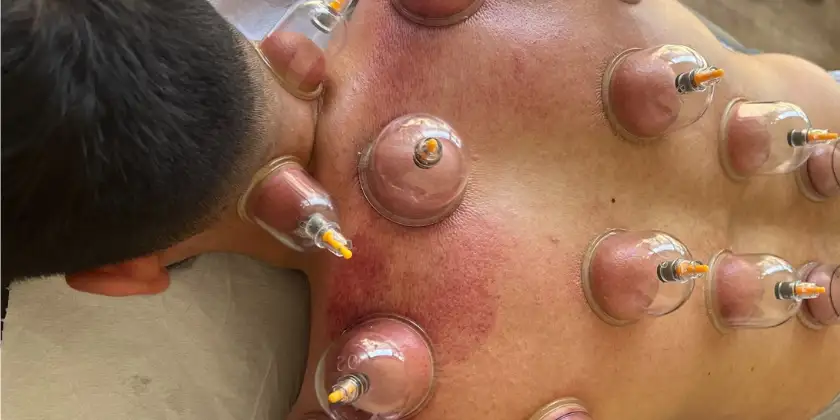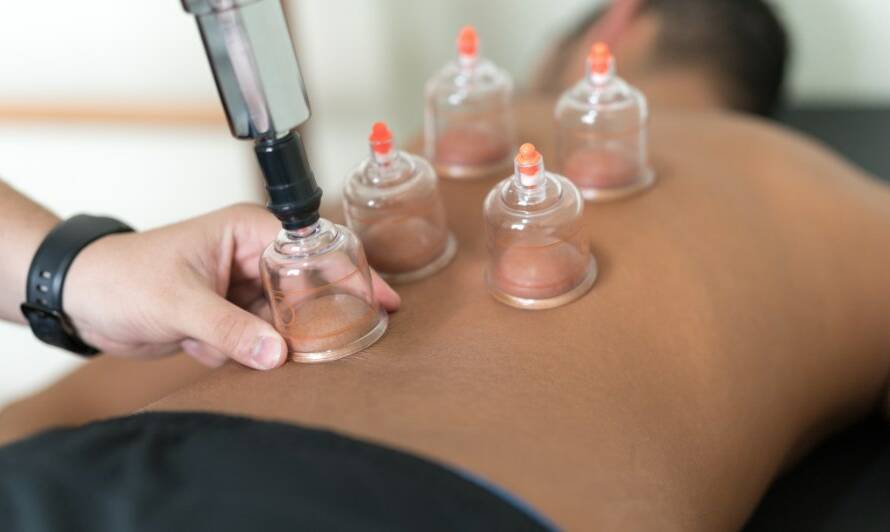Anxiety is a mental health condition that affects millions of people every day. While medication and therapy are common treatments for anxiety, many people are turning to alternative forms of therapy to help manage their symptoms. One such alternative is Hijama cupping therapy. Originally a traditional Islamic medical practice, Hijama therapy involves placing cups on specific points on the skin to create suction, promoting blood flow and healing. In recent years, cupping has gained popularity as a natural remedy for anxiety. In this article, we will explore the science behind Hijama cupping therapy for anxiety, how it can alleviate anxiety symptoms, and tips for incorporating it into your anxiety management plan.
Understanding Anxiety and its Symptoms
Anxiety is a normal human emotion that is characterized by feelings of worry, nervousness, or unease about a future event or uncertain outcome. While it is normal to experience anxiety from time to time, it can become an issue when it interferes with daily activities and causes distress.
Anxiety can manifest itself in a variety of physical and emotional symptoms. Some common physical symptoms of anxiety include shortness of breath, rapid heartbeat, gastrointestinal distress, sweating, and muscle tension. Emotional symptoms of anxiety may include excessive worrying, irritability, difficulty concentrating, and sleep disturbances. These symptoms can be overwhelming and can impact a person’s overall well-being and quality of life.
The Benefits of Hijama Cupping Therapy for Anxiety Relief

Hijama cupping is thought to have several physiological effects on the body, including increased blood flow, lymphatic drainage, and the release of endorphins. Hijama cupping may also stimulate the immune system and alleviate pain. Cupping is believed to have a calming effect on the nervous system. The suction created during cupping can stimulate the parasympathetic nervous system, which is responsible for the body’s “rest and digest” response. This can help reduce feelings of anxiety and promote relaxation.
Hijama cupping may be beneficial for individuals with anxiety as it can promote relaxation and reduce symptoms of anxiety. Hijama can also alleviate physical symptoms of stress, such as muscle tension and headaches. For example, dry cupping on the upper back and shoulders can alleviate tension headaches and muscle tension. Wet cupping on the back of the neck can help reduce feelings of dizziness and vertigo. Overall, Hijama may be a useful tool in managing anxiety symptoms.
Combining Hijama Cupping with Other Anxiety Management Techniques
Hijama cupping can be used in combination with other anxiety management techniques, such as meditation, deep breathing, or exercise. Talk to your therapist or healthcare provider about developing a comprehensive plan that meets your individual needs.
The frequency of cupping sessions will depend on your individual needs and goals. Some people may benefit from weekly sessions, while others may only need monthly or occasional sessions. Your therapist can help determine the appropriate frequency for your needs.
The Overall Health Benefits of Cupping
Hijama cupping has been used for centuries to promote overall health and well-being. The therapy can help boost the immune system, improve circulation, and relieve pain and inflammation.
In addition to anxiety, Hijama has been used to treat a range of conditions, such as migraines, fatigue, and digestive issues. If you’re struggling with anxiety and are seeking alternative treatments, cupping therapy is a promising option. With its long history of use and growing scientific evidence, it’s worth exploring whether cupping therapy may provide relief from your anxiety symptoms. Consider speaking to a licensed practitioner and incorporating cupping into your anxiety management plan to see if it’s right for you.





1 Comment
tempmail
I just like the helpful information you provide in your articles